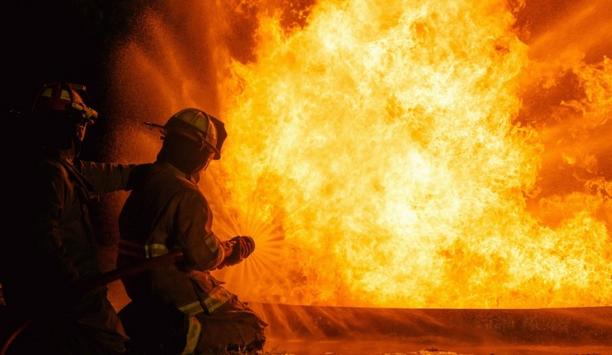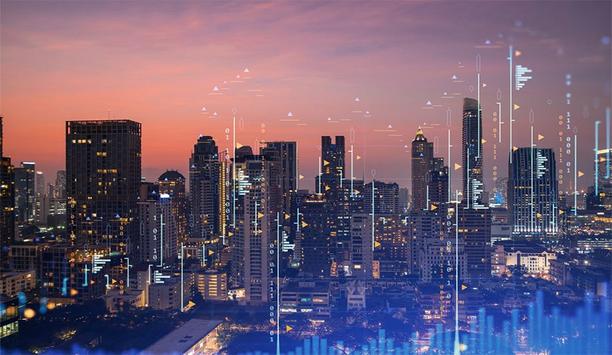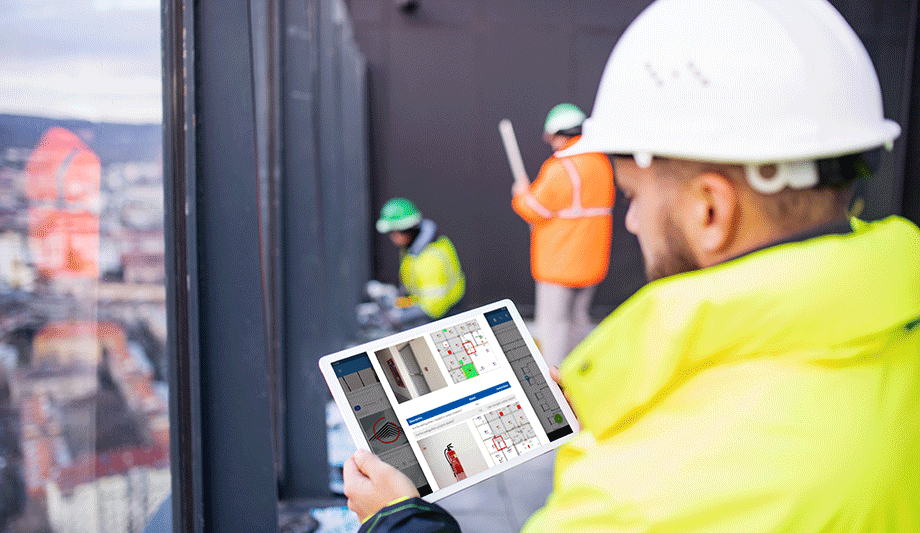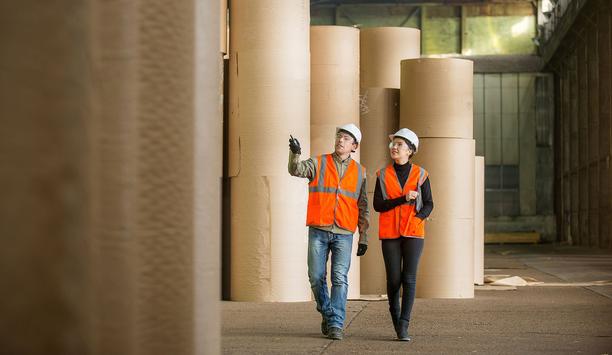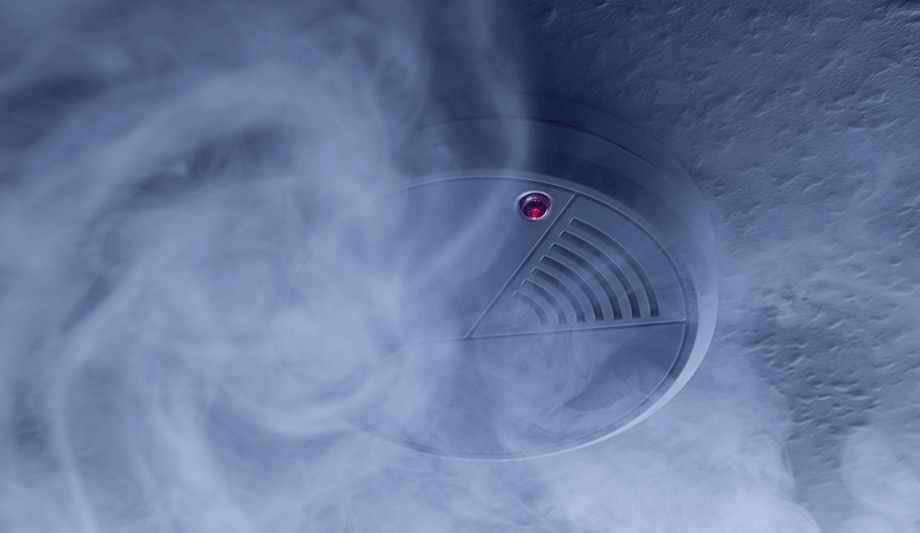Fire Modeling Institute - Experts & Thought Leaders
Insights & Opinions from thought leaders at Fire Modeling Institute
Wildfires represent extreme instances of the deadly destructiveness of fire. There seem to be more wildfires every year, and there are certainly larger and more deadly wildfires all over the world than ever before. Wildfires dominate the public perception of the most extreme consequences of fire. This look back at 2020 will highlight some of the articles about wildfires published by TheBigRedGuide.com, with links to the full-length original articles. The wildfire season in 11 Western U.S. states started out slower than last year. In the first half of the season, wildfires in the Arctic reached new levels, especially in Alaska and Siberia. Larger fires burning Wildfires in the West killed 160 people and caused $40 billion in damage in the past two years, according to the National Centers for Environmental Information. The trend is toward larger fires burning more acres – especially in years that are warm. Early in 2020, Australia was the epicenter of a wildfire disaster. Persistent heat and drought exacerbated the wildfires, and there have been fires in every Australian state, although New South Wales has been hardest hit. Strong winds have spread smoke and fire rapidly and led to fatalities. Big cities like Melbourne and Sydney have been affected; large fires have damaged homes in the outer suburbs and smoke has destroyed air quality in urban areas. Whole towns have been engulfed in flames. Active wildfire season Another cause of recent wildfires was lightning with more than 10,000 lightning strikes sparking 376 fires In the context of wildfires, even seemingly minor events can have a very large impact. For example, an explosion of blue-colored smoke on Sept. 5, 2020, in Yucalpa, California, was the beginning of a large wildfire in El Dorado Ranch Park. The pyrotechnic device was essentially a smoke bomb designed to send plumes of pink or blue smoke rising into the air, designating the gender of an expected baby. Another cause of recent wildfires was lightning with more than 10,000 lightning strikes sparking 376 fires on Aug 16 and 17, 2020. The global pandemic presented complications for firefighters during what will the active wildfire season. Firefighting manpower could be diminished by the pandemic; training sessions have been canceled, postponed, or conducted remotely. And travel risks undermine the traditional approach of calling on firefighters from throughout the country or around the world to help fight the wildfires. Addressing forest management Social distancing is at odds with the teamwork and camaraderie that characterize firefighting units. Communal basecamps where everyone eats and sleeps together are unworkable during the pandemic. Instead, smaller camps are the rule, and packaged meals are delivered to each camp. Smaller teams reduce the need for widespread quarantine if someone tests positive for the novel coronavirus. Drones are a tool to address forest management and wildfire prevention. Drones are finding multiple uses when it comes to fighting and preventing wildfires. One application is to drop self-igniting ‘dragon eggs’ that spark smaller fires to trim back overgrown forests and help prevent more destructive megafires. The dragon egg system is made up of self-igniting plastic spheres – about the size of a ping-pong ball. Dragon eggs have been an industry standard for years, usually dropped from planes or helicopters. Burnable plant material Researchers are looking to apply new approaches in address the risk of wildfires The spheres are filled with potassium permanganate powder and injected with glycol as an igniter just as they are being dropped. The reaction sets the balls ablaze after about 30 seconds, which is enough time for them to bounce to the ground through a forest canopy. Researchers are looking to apply new approaches in address the risk of wildfires. They include tools such as deep learning and artificial intelligence (AI) to better understand wildfires and to control their intensity. The model could be used to reveal areas of greatest risk for wildfires. A new deep learning model uses remote sensing and satellite data to trace fuel moisture levels across 12 Western states, in effect tracking the amount of easily burnable plant material and how dry it is. Damaging impacts of wildfires Science shows clearly that the way to reduce the damaging impacts of wildfires and threats to life and property is to proactively manage ecosystems that evolved with fire. This means reintroducing fire in the right ways and places combined with mimicking the effects of fire on forest structure through mechanical treatments. “Rocky Mountain Research Station's Fire, Fuel, and Smoke Science Program (RMRS) focuses on the science of risk management from ways that they can treat fuels and mitigate risks to helping communities assess and mitigate risk and be more resilient,” says Thomas C. Dzomba, Deputy Program Manager and Director of the Fire Modeling Institute. Understanding the underlying causes of wildfires enables us to control them better over the long haul. Enhancing fire science With a primary goal of enhancing fire science, the lab also impacts operational fire response One element is climate change, which has created conditions prone to wildfires by increasing heat, changing rain and snow patterns, and shifting plant communities. But there are also other contributing factors in the growing scale and intensity of wildfires. One is the condition of the forests in Australia, California, and other areas where the incidence of wildfires has increased. In California, for example, it is well known that the forests are unhealthy and in need of more prescribed burns and other thinning efforts. On the front line of turning data into useful information to advance fire science is the WIFIRE Lab at the University of California San Diego. The WIFIRE lab grew out of a project funded by the National Science Foundation (NSF). With a primary goal of enhancing fire science, the lab also impacts operational fire response, increasingly in real time. Wildfire risk monitoring The tragic Camp Fire in November 2018, which burned for 17 days in Butte County, near the city of Paradise, Calif., has prompted research to improve risk management and monitoring of wildfires in the future. The vision of the research is ‘a computational platform for multi-level wildfire risk assessment.’ The researchers seek to redefine wildfire risk monitoring and management to provide a platform that can be used by wildfire managers, emergency responders and utility companies to plan for, respond to, and mitigate the risk of wildfires. In Australia, new resources are addressing the growth of wildfires. Preventing and controlling wildfires Andrew and Nicola Forrest have committed 50 million Australian dollars (US$35 million) to the Fire and Flood Resilience initiative through Minderoo Foundation, with a goal of raising an additional 450 million (US$320 million) in direct or in-kind support over the life of the program. The goal of the ambitious investment is to make Australia the pioneer in fire and flood resistance by the year 2025 The goal of the ambitious investment is to make Australia the pioneer in fire and flood resistance by the year 2025. It is an audacious vision that requires an innovative approach, and the organization takes inspiration from the U.S. Apollo mission of the 1960s. In effect, it will be a ‘moonshot’ to advance the cause of preventing and controlling wildfires. Specifically, the first mission, Fire Shield, seeks to ensure no dangerous bushfire in Australia will burn longer than an hour by 2025. Local fire departments The biggest risk of property damage and injury from wildfires comes at the wildland-urban interface (WUI), which is defined as areas where structures and the built environment begin to intermingle with wildland vegetation. More and more such areas are being created as humans move near wildland areas to take advantage of their natural beauty and privacy. The ‘Ready, Set, Go! (RSG!)’ Program works to increase engagement by local fire departments with residents that live in areas at risk of wildland fires. A program of the International Association of Fire Chiefs (IAFC), ‘Ready, Set, Go!’ offers the tools and resources for fire departments to provide more understanding of the risk of wildland fires and the actions residents should take to reduce the risk.
Public and firefighter safety is the number one priority at the Rocky Mountain Research Station (RMRS) in Missoula, Mont. The Fire, Fuel, and Smoke Science Program there seeks to develop tools and technology that can help protect people and communities before, during, and after wildfires. RMRS develops and delivers innovative science and technology to improve the health and use of the nation’s forests and grasslands. Their scientists put tools and knowledge into the hands of managers who can apply them to shared stewardship projects designed to reduce fuels and improve habitat and forest health. enhanced firefighter safety The fire research program has enhanced firefighter safety by improving metrics for determining firefighter safety zones and escape routes, improving and modernizing determination of fire danger, and developing systems and applications such as the Wildfire Safety Evaluator (WiSE) and WildfireSAFE to facilitate use of these metrics by wildland firefighters. The program has also pioneered the development of metrics for scenario planning and assessing wildfire risk to communities. RMRS scientists are leaders in the science of risk management, fire behavior, fire suppression and management, and treating fuels to mitigate risks, as well as post-fire impacts to watersheds and methods to help protect people and communities before, during, and after wildfires. proactive fire management USDA Forest Service is a science-based organization, and research has been part of its mission since its inception “We need to work with our interagency firefighters and industry partners to move us to a more proactive fire management posture,” says Thomas C. Dzomba, Deputy Program Manager and Director of the Fire Modeling Institute at the Rocky Mountain Research Station's Fire, Fuel, and Smoke Science Program. “We are all in this together.” USDA Forest Service is a science-based organization, and research has been part of its mission since its inception in 1905. In 1908, forester Raphael Zon, declared “Here we will plant the first tree of research,” near Flagstaff, Ariz., at the Fort Valley Experiment Station. It later became the Southwest Forest and Range Experiment Station, and eventually combined in 1953 with the Rocky Mountain Forest and Range Experiment Station. providing economic opportunities The combination created the modern footprint of the Rocky Mountain Research Station, which covers 12 states in the intermountain west and includes 14 experimental forests and 14 labs, including the fire sciences lab in Missoula, Mont. The team in Missoula collaborates with researchers globally to advance forest inventory and analysis techniques, to promote science that enhances the wildland fire system, and to provide economic opportunities by improving utilization of wood products. RMRS also conducts extensive research on watersheds, wildlife and fish, rangeland and forest health, insects and diseases, wilderness, human interactions with natural resources, and much more. The Human Performance and Innovation and Organizational Learning (HP&IOL) team is a part of RMRS and serves the entire agency in order to promote a culture of learning and foster a resilient workforce and advance innovations. fire management efforts There are many examples of how fire research can help in adapting to fire on the landscapes that evolved with it HP&IOL seeks input from employees through verbal and written interviews, focus groups, and other means. Additionally, many of the research staff work directly in support of fire management efforts, enabling them to quickly see what could make fire management or prescribed fire more efficient or safer. To promote better understanding of the importance of fire research, the fire industry should talk to partners, community leaders, and the public and show them how science helped improve decision-making before and during fire suppression efforts. There are many examples of how fire research can help in adapting to fire on the landscapes that evolved with it. For example, where have fuel treatments helped buffer communities or important resources? helping protect communities “We should tell our success stories,” says Dzomba. “Ultimately the best safety measure is to not have to fight the fire, because we’ve learned to adapt, developed mitigations and treated fuels before fire occurs to help protect communities and create more resilient landscapes.”
The New Future For Fire Agencies
DownloadThe Eight Key Trends in Fire Detection in 2023
DownloadA Digital Platform to Improve Fire Safety Compliance and Inspections
DownloadOvercoming the Challenges of Fire Safety in the Paper Industry
DownloadCarbon Monoxide: Creeping Killer Caught In The Act
Download


